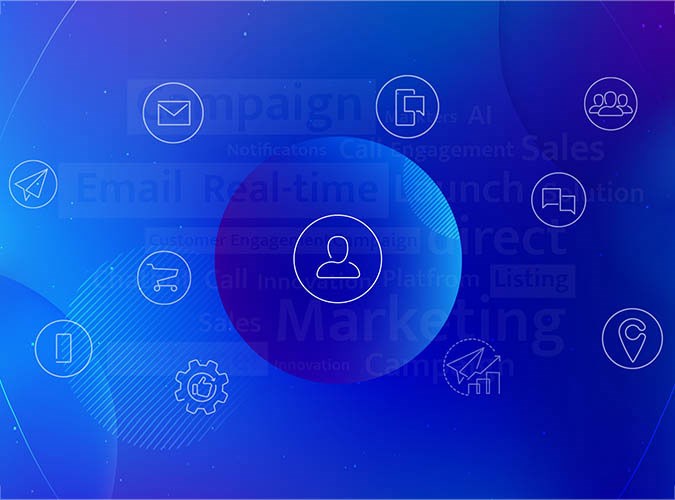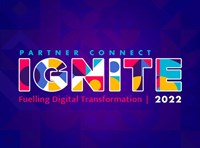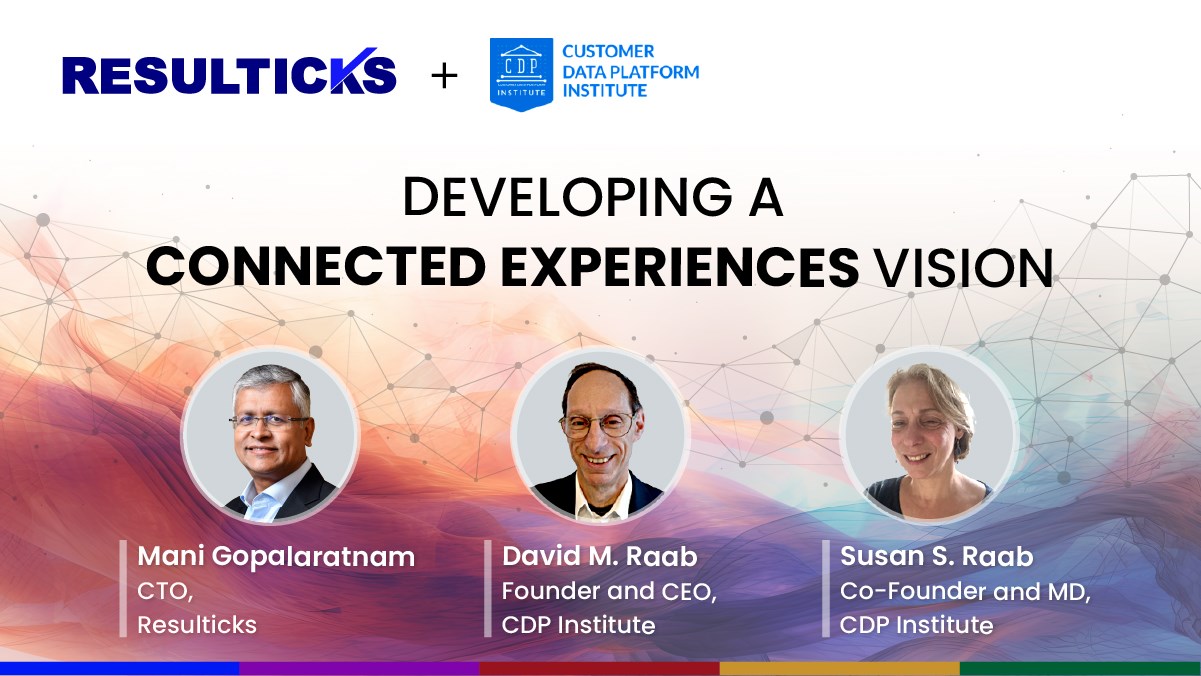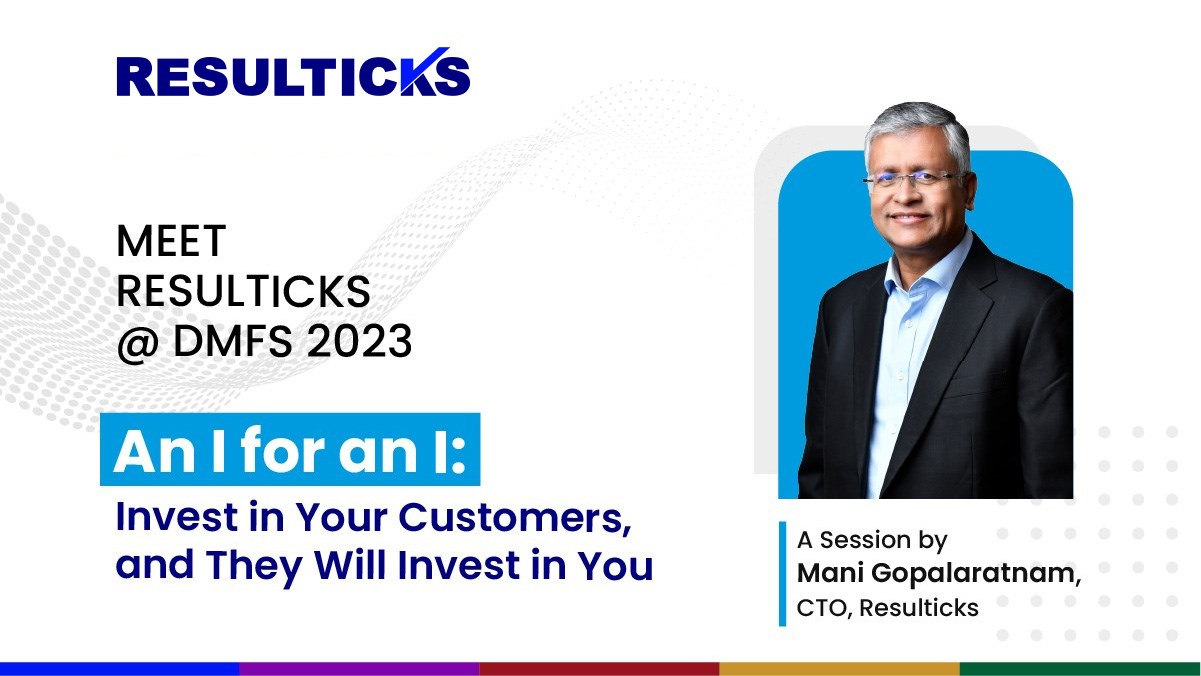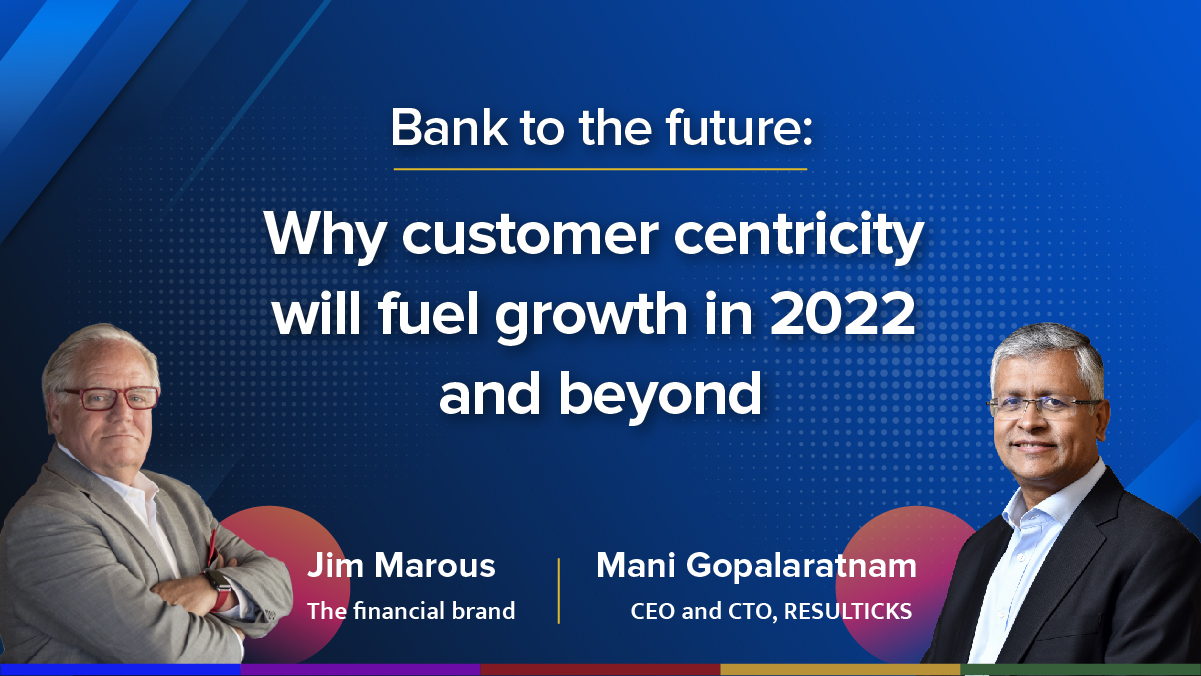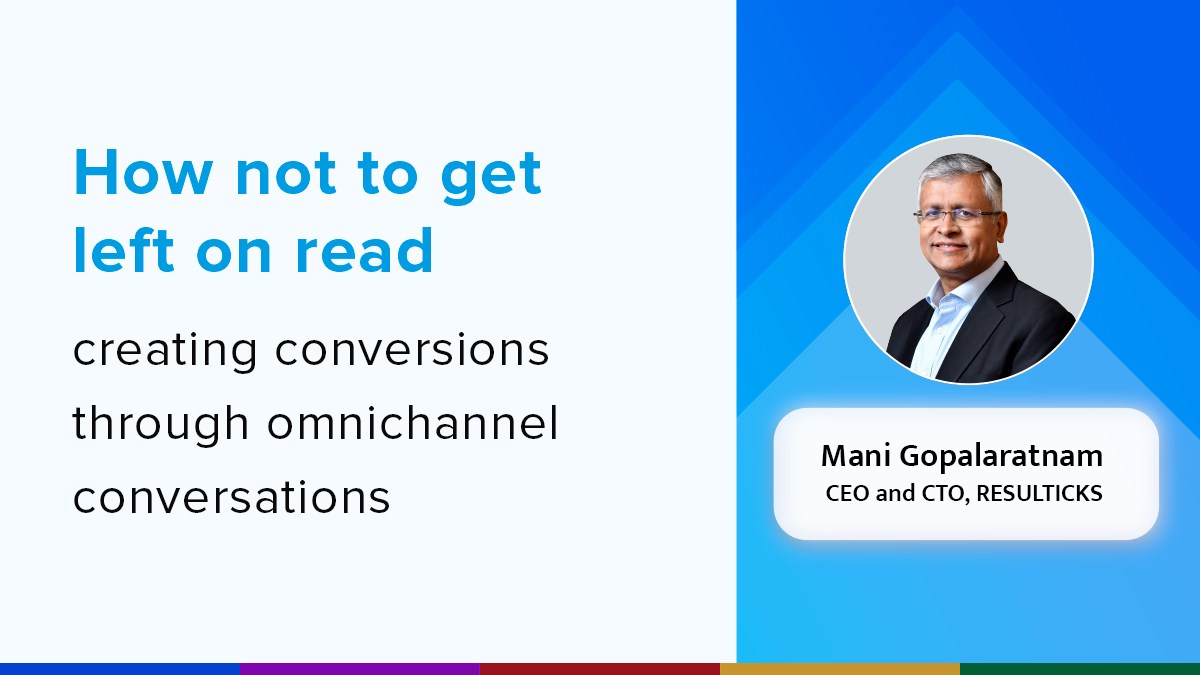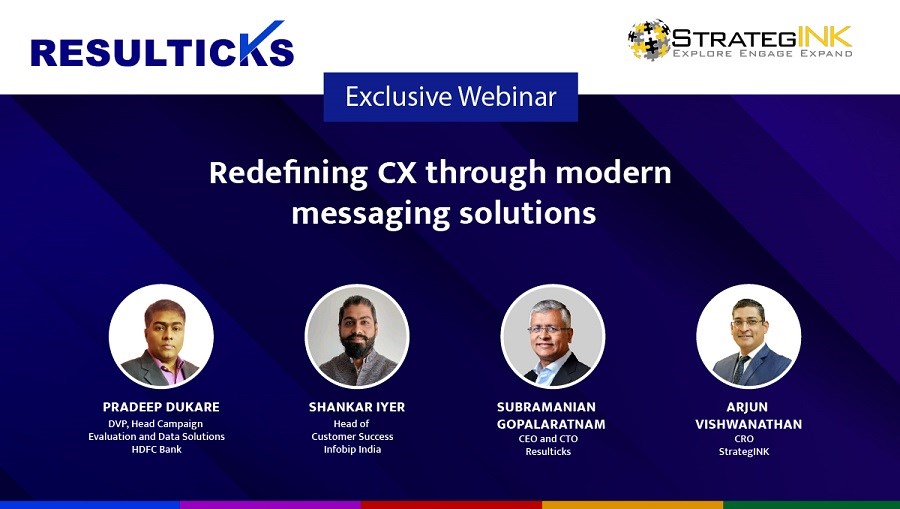Omnichannel marketing is an endeavor with many facets, made possible by the constant shifts in consumer expectations and advancements in technology. We’ve gathered here some key concepts that you should now, with simplified definitions that are easy to understand.
- Big data
Big data is information too large in terms of volume, velocity, and variety to be processed by conventional technologies, such as relational databases and customer relationship management (CRM) tools.
- Marketing automation
The scale, speed, and complexity of digital marketing today has made it all but impossible for organizations to rely on manual efforts alone. The work load is simply too overwhelming, and the room for error and delay only increases without the right tools to prevent it.
Marketing automation is supposed to do just that. It is designed to automate a range of key marketing tasks, streamline communications across any number of channels, and extract analytics relevant to marketers.
- First, second, and third-party data
First-party data is data you’ve gathered directly from your audience. Second-party data is data you’ve obtained from organizations that have directly collected it. Third-party data is data you’ve accessed from external providers that did not directly obtain it.
- Structured, semi-structured, and unstructured data
Structured data is data that is organized in a consistent manner and within a relational database. Semi-structured data is data that, while not organized in a relational database, is organized to some extent to facilitate analysis and search. Unstructured data is data that is not all organized in any way.
- Data silos
Data silos could indicate a fragmented organization structure where information is held by one group and thus not shared with others.
However, this is not quite the idea here. In the context of omnichannel marketing, data silos occur when an organization’s data is scattered across the systems and channels that constitute its technology ecosystem, with no effective means for information sharing or synchronization.
- Data integration/consolidation
Where there’s a problem, there’s a solution. Data integration, or consolidation, is the solution to the problem of siloed or fragmented data.
The concept is self-explanatory. It involves the integration of multiple data sources and the establishment of pipelines throughout the unified “reservoir” that results to ensure that data is continuously synchronized across the board.
- Data deduplication
Data deduplication is a process for removing redundant, repeated information, thus minimizing data storage.
- Audience/customer data platform
An audience or customer data platform is a comprehensive, specialized solution, one that integrates customer data from internal and external sources, transforms it into a cohesive form accessible for other systems, delivers a singular view of the customer, and ensures both the consistency and quality of the data.
- Personalization
No two customers are the same. They demand tailored experiences and offers, and this is what personalization is supposed to address. For most customers, you need to do much more than, for example, simply inserting their names into your emails. Personalization requires that you deliver a customer journey paved with interactions, offers, and experiences tailored to the multi-faceted, evolving profile of each individual. And it’s not limited to any channel or time.
- Omnichannel
The biggest misconception about omnichannel is that it means “every channel, all at once.” That is most certainly not the case.
Omnichannel does require you to go beyond a limited number of channels, most likely beyond the online-offline schism, because consumers today are shuffling across a much larger number of touch points. You need to incorporate and prepare for channels that are, and will be, utilized by your target audiences. More importantly, you should be able to connect interactions occurring across this web of channels into a coherent, continuous journey for individual customers.
- Segmentation
In our context here, segmentation means the creation of target audiences based on selected attributes (e.g., age, location, purchase frequency, channel preference, credit limit), rules (e.g., exclusion), and filters—a process enabled by marketing automation solutions.
- Dynamic target list
Unlike target segment, which are pre-defined, dynamic target lists identify relevant audiences based on a set of rules and conditions that you have determined beforehand. For instance, you could set up the list so that only those who have spent more than one minute on your latest seasonal promo landing page will be targeted by the campaign. Of course, actual dynamic target lists could comprise a lot more criteria than this.
- Real-Time
Similar to omnichannel, real time does not entail pushing the speed at which you engage audiences to the absolute maximum at every opportunity. What it really requires is that you have the capabilities to continuously adjust or optimize each customer’s experience based on their evolving behavior and profile, so that every interaction will be more relevant than the next.
- Audience identity resolution
Given the sheet complexity of today’s consumer journey and the rise of increasingly digitally savvy consumers, it is more than likely that Julianna could have a multitude of digital identities across different channels and devices. Audience identity resolution is the process by which those multiple identities are mapped out, clarified, and stitched together to form a singular profile of Julianna.
- 360° customer view
With robust data consolidation and audience identity resolution capabilities, you can most likely expect a 360° customer view, one that encompasses far more than the individual’s demographics and recent purchase behavior.
- Single-touch and multi-touch attribution
It is critical for marketers to pinpoint the touch points responsible for conversions, or the achievement of certain objectives. Single-touch attribution, as the name suggests, connects the achievement of a specific objective to one touch point. Multitouch attribution, unlike its counterpart above, allocates credits to the various touch points leading up to the achievement of the objective.
- Artificial intelligence and machine learning
Artificial intelligence (AI) is the idea of machines capable of operating in a way that mimic human intelligence, while machine learning, a subset of AI, involves algorithms accessing and processing data to derive patterns and develop decision-making capabilities.
- Campaign and customer journey orchestration
An essential feature in marketing automation tools, campaign and customer journey orchestration allows you to map out, usually on a “canvas,” non-linear sequences of interactions across channels, with diverging paths triggered by relevant behavioral triggers and conditions.
- Lead scoring
Lead scoring is a process by which sellers and marketers score leads, based on a variety of factors, to identify their individual values to their organization.
- Persona
A persona is an ideal representation of a target audience group, crafted based on research into consumer behavior and traits.
If you want to know how the omnichannel marketing automation platform Resulticks can help you deliver on your omnichannel marketing goals. If you want to talk to us, request a demo with our solution experts.


